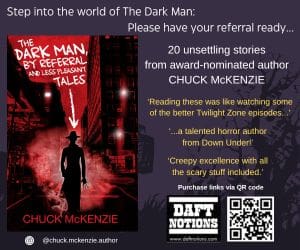Story Worms: Writing What You Know

Every writer has heard the old adage ‘write what you know’, but common as the statement is, it is just as commonly misunderstood. Writing what you know doesn’t mean that I can only ever write about 30-something British women who have slightly mental cats and eat too much chocolate. It doesn’t mean all my stories need to be set between 1980 and the present day, or that they even need to be set on Planet Earth.
Writing what you know is about using real life experiences to inform, inspire and enhance your fiction. Writing what you know means remembering a time I had my heart broken and using that to write about a character who has suffered the same. It’s about remembering the smell of a forest after rain, and writing that smell into my story. It’s about eating chocolate so that I can describe exactly what it tastes like (and it’s about knowing that eating chocolate really is research and, therefore, a totally legitimate use of writing time. However, I don’t think it makes chocolate tax-deductible. Sadly.)
Writing what you know is about making your fiction real and believable by seasoning it with your own experiences, and experiences your readers can also relate to. Because, believe me, however unique you think you are, we all feel exactly the same way when we stub our big toe on a table leg.
I’m currently writing a story about ancient shamanistic rituals. They’re completely made up from my own head and have no base in reality at all. But I’m pulling in all the real-life experience I do have; things I’ve read, things I’ve seen on TV and in movies, my personal knowledge and experiences of organised religion and its associated rites and rituals. And while I’ve never been involved in such a ritual, I can draw on other experiences such as physical exhaustion, fear, confusion, and that weird out-of-body feeling when you first wake up but you’re still immersed in the world of your dreams.
While the overall scenario is complete fiction, it is informed by what I know and, hopefully, what my reader also knows. A reader may not be able to relate to the ritual itself, but they can relate to the individual feelings I’ve brought into the piece from my own life. They can place themselves right in the middle of the fictional ritual, and imagine what it would be like, because there is something there that they can relate to. Something they can believe. Something that feels familiar.
When you’re pulling from your own experience of the real world, remember to include all the senses, all the different facets of relating to stimuli:
- Sight
- Smell
- Sound
- Taste
- Touch
- Emotion
These are the ways in which you, and your reader, access and understand the real world, and you can make your fictional world more real by using all of them. Use them to place yourself right inside your fictional world and, in turn, pull your reader in with you.
While using first-hand experience may give the best results, the internet has opened up a whole world of previously-inaccessible knowledge to writers. Using Google Maps you can not only view the layouts of cities you have never been too, but you can walk down their streets, look at the shops and the people there. You can research just about anything, and even talk to people on the other side of the globe about their lives. The world is a varied and diverse place, and you can access nearly all of it from your own living room. Because we can’t all afford to fly across the world to do some research.
So be curious, ask questions and, as much as you can, try to walk a mile in someone else’s shoes. But above all, ask yourself, what can I draw from in my own life to inform my writing? Where have I been? What have I done? And, most importantly, who am I?
- About the Author
- Latest Posts
Angeline Trevena is a British author of dystopian urban fantasy and post-apocalyptic fiction. She has an impressive backlist of novels, a series of worldbuilding guides for authors, and short stories appearing in various anthologies and magazines. Despite the brutal and dark nature of her fiction, Angeline is scared of just about everything, and still can’t sleep in a fully dark room. She goes weak at the sight of blood, can’t share a room with a spider, but does have a streak of evil in her somewhere. Find out more at www.angelinetrevena.co.uk












2 Responses